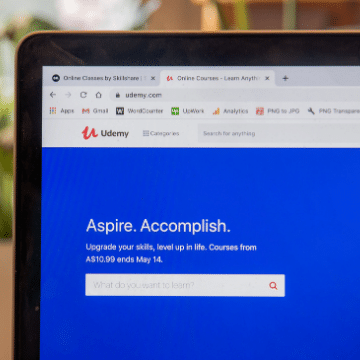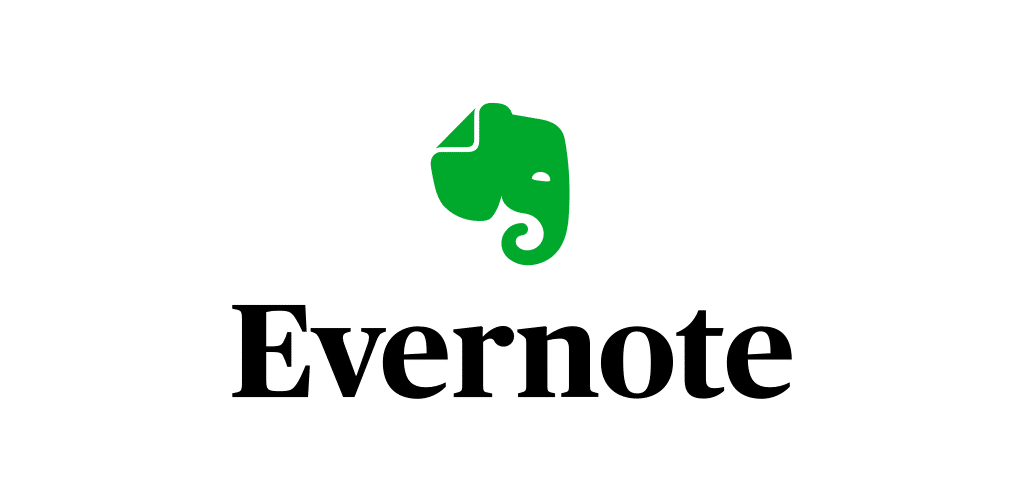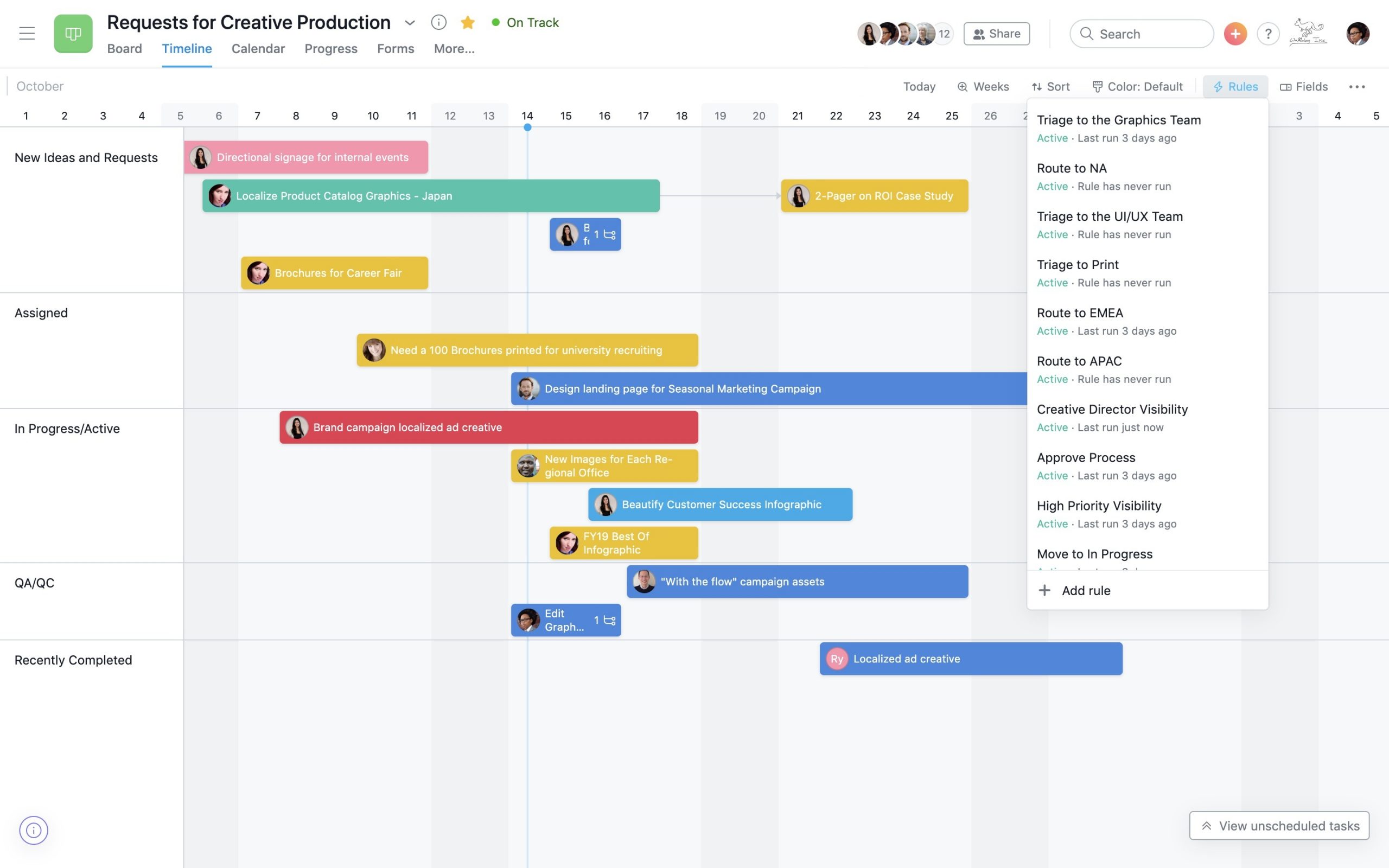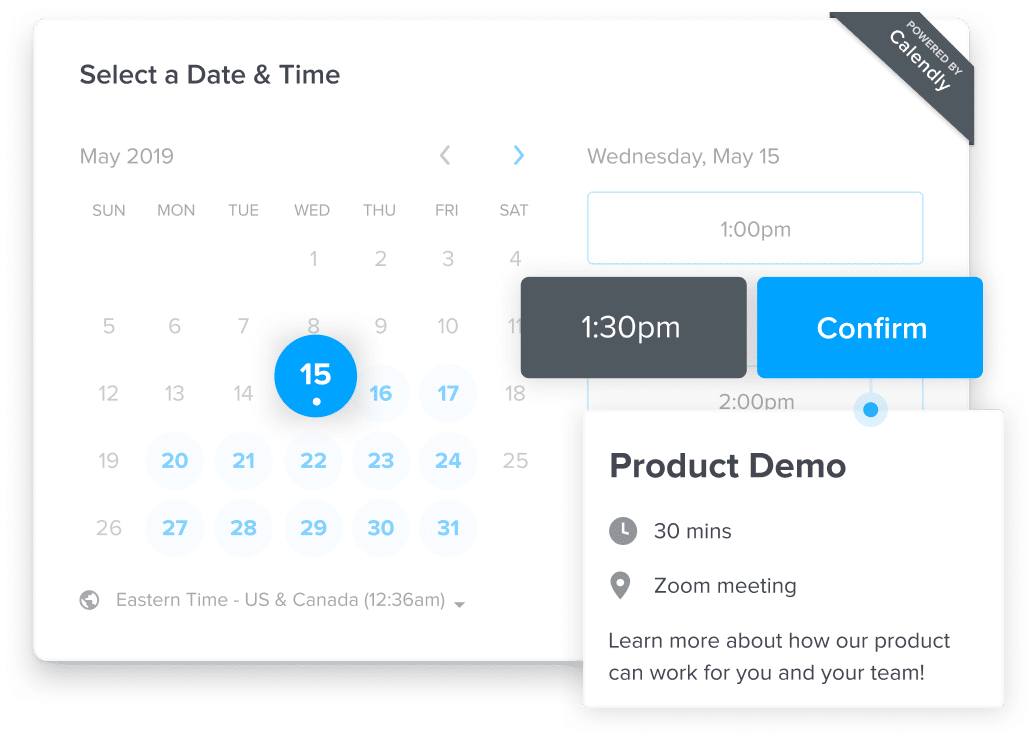I am Lilian Alvarez, freelance iOS expert and manager of a training organisation specialising in supporting IT freelancers. The story I am about to tell you really happened to me. I have intentionally changed and left out some details out of respect for my clients’ privacy. Discover an unexpected freelance experience.
An unexpected freelance experience
It all started with a message on a professional networking platform.
Hello, Lilian.
We need a developer to update the version of a mobile application …
After a few messages were exchanged, I proposed a telephone meeting.
During the meeting, the person told me they ran a web agency. A few weeks before, they had inherited a project from another team, and they were having a lot of technical issues with it. They needed assistance.
So far, nothing surprising.
Right away, I offered to make an estimate of the cost of my services. To do this, I needed to analyse the source code.
And … That’s where things got tricky.
The person refused to share the project files with me.
That’s not odd by itself. Secrecy is vital for some companies (which I hear and respect). This is why I proposed signing a confidentiality agreement. But the person refused again.
I tried to explain myself better:
It’s like walking into the auto repair shops and saying, “My car won’t start anymore, how much will it cost me to fix it?”
That’s a difficult question to answer without first getting your hands dirty to identify the origin of the problem.
That’s when the person offered to come to my house after a full day of work. Because why not.
– This way, I can make sure that you are not making any copies of the source code.
– Uh, sorry?
Okay, I should have ended the discussion right there. But no.
Of an accommodating nature, I suggested meeting at a bar to assess the problem. The person accepted, only to end up cancelling 30 minutes before the appointment.
I learned a lesson from this experience. To say the least:
Not all leads that come to you are worth pursuing.
Spending 2 days doing pre-sales for a service that won’t last more than a week is just not worth it.
My advice
Beyond this little adventure, I would like to give you some advice on the 4 types of customers you should flee:
1. The torturer
They have been abusing providers ever since they read Steve Jobs’ biography.
They tend to change their mind about the colour of the connect button 45 times a day. Of course, they want these requests to be addressed immediately.
How to spot this kind of client? Their last 3 providers have disappeared without leaving any trace.
2. The bad payer
They refuse to pay any deposit before the start of the job.
3. The psychopath
They want to come to your home at 10 p.m. to watch you work. I speak knowingly…
4. The lawyer
They want you to sign a contract with penalties for non-compliance with delivery deadlines. In an of itself, this type of contract is not bad, and may well have its place in a client-freelancer relationship.
However, I must warn you: never sign such a document if you are dependent on resources and customer feedback to meet your deadlines.
And it can get worse. If the boundaries and deadlines of the project are blurry, this kind of commitment is the best way to end up working for free and under pressure.
Of course, it is possible to come across a serious customer who at first glance seems to fall into one of the categories mentioned above.
But, as I often tell participants of my training courses, a freelancer is not just a consultant. A freelancer is also the manager of a company. And a manager must work to do the best possible job while preparing for the worst.
And how about you, what’s your weirdest and unexpected freelance experience?
Before closing this web page, I invite you to follow my newsletter.
I regularly share advice on IT freelancing as well as my latest articles (one-click unsubscribe): ? https://bit.ly/3je2vvL ?
You can also explore my trainings and guidance for freelancers here: www.lilianalvarez.com (Eligible for financing)
Lilian Alvarez.
Find me on Twitter and LinkedIn
To avoid ending up working with the bad type of client, you can also go through a partner such as Mindquest ?. Get access to the best jobs and benefit from personalised follow-up until the end of your contract. You focus on the project; they take care of the rest.
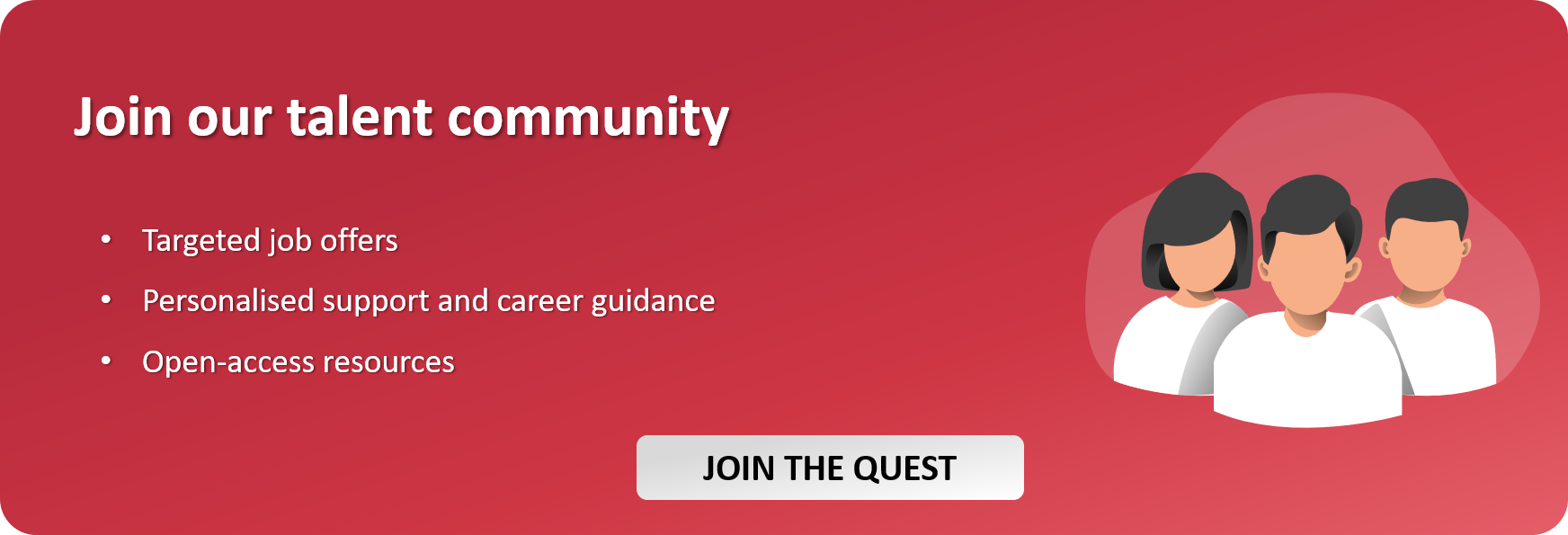
Discover more articles, interviews and special guides:

